Eighty-five years is a very long time. And since its inception, Walls & Ceilings has been the “Voice of the Industry”. From its first publication under the name Northwest Plastering Industries in 1938, the magazine has always strived to be the resource for the wall and ceiling trade. Originally, the scope was almost exclusive to interior plastering and the hawk-and-trowel trades, then the most viable interior wall system used in North America. (Remember, drywall was still in its infancy.)
But as time evolves, so does new technology and new building methods. Exterior and interior plastering still lives on, but the game is much more extensive, with the upward growth of drywall, EIFS, exterior gypsum, steel framing, ceiling systems, insulation, and all that evolutionarily follows.
Walls & Ceilings—in light of our 85 years in existence—will be celebrating this anniversary with several articles throughout the next few months. We want to thank all of our advertisers, old and new, as well as our readership, for this milestone.
To give you a context of what was happening in the world and industry since 1938, here are some hallmarks to help you chart what was going down in the trade.
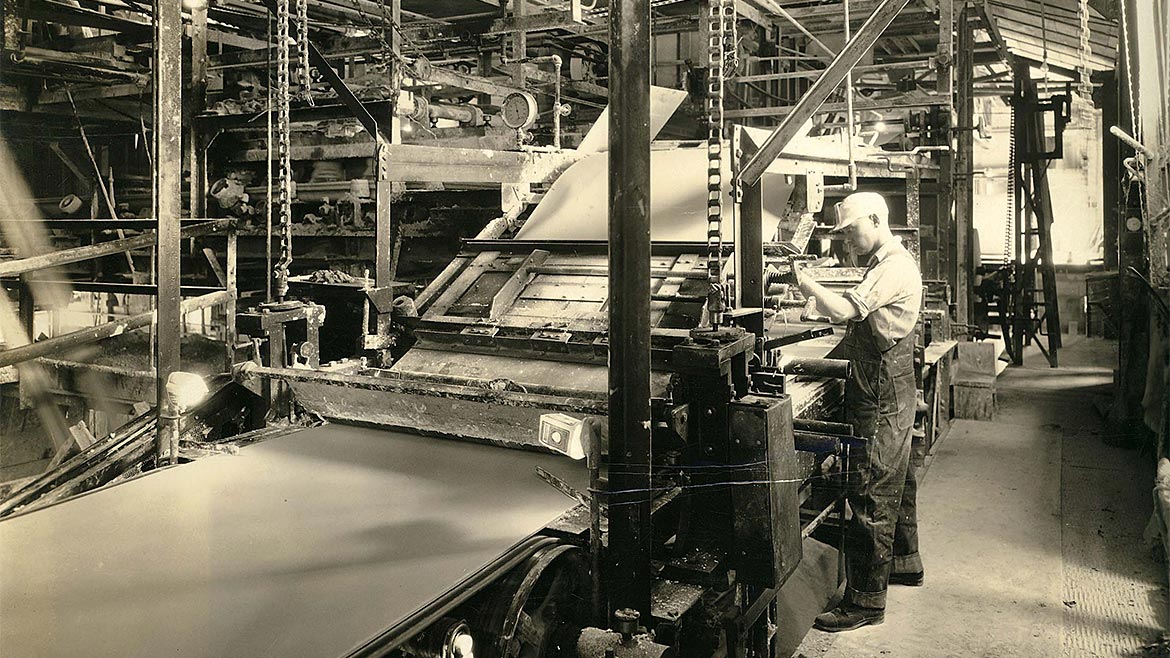
1938: The Gypsum Association’s Henry Schweim authored one of the association’s first technical publications, The Fire Resistance of Gypsum Plaster, which presented official data from fire tests performed on walls and partitions of various base construction.
1939: Nazi Germany attacks Poland in September and France, Australia and the United Kingdom declare war on Germany.
- 1940: In 1940, the U.S. Securities and Exchange Commission brought actions against nine of the thirteen largest public utilities holding companies. By 1943, it had instituted actions against almost all major utility companies. These actions led to greater plant efficiency, lowered customer rates and increased shareholder value.
- 1941: On September 11, ground was broken for the Pentagon, a five-sided office building which today houses the U.S. Department of Defense and has been an integral component of the nation’s defense establishment since World War II.
- 1942: The minimum draft age is lowered from 21 to 18.
- 1943: Due to shortages, America sees its first rationing.
- 1944: The average cost of a new house in the U.S. is $3,450.
- 1945: President Franklin D. Roosevelt, British Prime Minister Winston Churchill and Soviet leader Joseph Stalin sign the Yalta Agreement.
- 1946: Major shortages in jobs and housing for those returning from war.
- 1947: Jackie Robinson takes to the field for the Brooklyn Dodgers, becoming the first African-American to play in Major League Baseball.
- 1948: The first Polaroid camera goes on sale at the Boston Jordan Marsh department store.
- 1949: Johns Manville Department Safety Coordinators hold its first meeting on March 22. The group met bi-monthly to make reports and recommendations to each plant. Now, more than ever, safety is crucial both inside and outside the workplace. (This photo from 71 years ago shows just one example of JM's commitment to safety over the course of their rich history.)
1950: President Harry Truman sends United States military personnel to Vietnam to aid French forces.
1951: When Sewell Avery resigned as USG’s chairman and CEO, his replacement, Clarence H. Shaver, inherited a company that had a capitalized value of $61 million and produced more than 75 commodities in 47 mines or factories.
- 1952: The first Chevrolet Corvette prototype is completed.
- 1953: The average cost of new house $9.550.00
- 1954: The Supreme Court rules on Brown v. Board of Education, stating that segregation in public schools is unconstitutional.
- 1955: Rosa Parks, an African-American bus passenger, is arrested after refusing to give up her bus seat to a white passenger.
- 1956: The first hard disk is invented by IBM.
1957: U.S.S.R. launches Sputnik 1, inaugurating the Space Age and the Space Race.
- 1958: Fourteen-year-old Bobby Fischer wins the United States Chess Championship.
1959: With significant tests and data to share, the Gypsum Association’s Technical Problems Committee recommends producing a complete reference manual on fire resistance to be known as Fire Resistance Design Manual.
1960: NASA launches the Pioneer 5 space probe on March 11. The purpose of its mission was to travel between the orbits of Earth and Venus in order to gather information about deep space between the two planets.
- 1961: East German authorities close the border between East and West Berlin and construction of the Berlin Wall begins. (In 2014, W&C visited the former Checkpoint Charlie site that separated the east from the west.)
- 1962: John Glenn becomes the first American to orbit the Earth in February.
1963: Armstrong advertising features the company’s “Ceilings Watchers” campaign. The slogan was “Look Up!”
1964: President Lyndon B. Johnson signs the Civil Rights Act of 1964 into law.
1965: Construction is completed on the 630-foot-tall Gateway Arch in St. Louis
1966: 1966: Groundbreaking takes place for the World Trade Center in New York City.
1967: Dr. Christiaan Barnard completes the first successful human-to-human heart transplant.
1968: Martin Luther King Jr. and Robert F. Kennedy are both assassinated.
1969: Joe Koenig Sr. founds his new company, Trim-Tex Inc., and introduces the J Bead, the world’s first vinyl drywall finishing bead.
- 1970: The Nuclear Non-Proliferation Treaty goes into effect after being ratified by 43 countries (the United Nations).
- 1971: The logistics and delivery service FedEx is founded in Tennessee, United States.
- 1972: Five White House operatives are arrested for burglarizing the offices of the Democratic National Committee (the start of the Watergate Scandal).
- 1973: The United States ends its involvement in the Vietnam War with the signing of the Paris Peace Accords.
- 1974: Muhammad Ali and George Foreman face off in Zaire for a boxing match that comes to be known as the “Rumble in the Jungle.”
- 1975: Sony introduces Betamax videotapes, while Matsushita/JVC releases VHS videotapes.
- 1976: Steve Jobs and Steve Wozniak form Apple Computer Company.
- 1977: Elvis Presley dies from a heart attack at the age of 42.
- 1978: NASA announces the first group of women astronauts.
- 1979: Sto expands to the United States to market high-quality, energy-efficient EIF systems. Sto Energy Conservation, the first U.S. Sto company, is founded in Rutland, Vt.
- 1980: British steel workers go on a national strike. It is the first steelworks strike since 1926.
- 1981: Buck Buchanan (far left) begins his career in the EIFS industry. In this picture, it is his first day on the job. Later, Buchanan goes on to write the only (to date) book chronicling the EIFS’ industry, “Behind the Walls: The People Who Built the EIFS Industry.”
- 1982: The U.S. government orders the break-up of AT&T to avoid monopoly.
- 1983: The Motorola Company introduces the first mobile phones.
- 1984: The Apple Macintosh personal computer is released, with an Orwell-themed Super Bowl ad promoting it.
- 1985: Live Aid concerts are held in Philadelphia and London to raise money for famine relief in Ethiopia.
- 1986: Designed as a substrate for exterior cladding, G-P Gypsum introduces DensGlass Gold Sheathing, a product with fiberglass mat facings on each side of its water-resistant gypsum core.
- 1987: President Ronald Reagan makes his famous speech at the Berlin Wall, where he tells Mikhail Gorbachev to “Tear down this wall” and unify Berlin.
- 1988: Stuc-O-Flex International introduces America’s First “Breathable Elastomeric Acrylic Finish.”
- 1989: Tim Berners-Lee invents the World Wide Web as a way of sharing information between computers.
- 1990: Tim Berners-Lee publishes his formal proposal for the World Wide Web.
- 1991: The Soviet Union ceases to exist after all non-Russian republics within the U.S.S.R. declare independence.
- 1992: Associated Drywall Partners is founded in Indianapolis. The organization has three distinct divisions each of which focuses on a specific sector of the construction industry: commercial/industrial, multi-family residential and single-family residential.
- 1993: Construction began on Cleveland’s Rock and Roll Hall of Fame.
- 1994: The North American Free Trade Agreement goes into operation. NAFTA was a treaty between the United States, Canada and Mexico that got rid of the majority of tariffs between the countries.
- 1995: A structural failure causes the Sampoong Department Store to collapse in the Seocho-gu district of Seoul, South Korea. Over 500 people are killed.
- 1996: In the House of Commons, it is announced that the Stone of Scone will be returned to Scotland after 700 years in Westminster Abbey. The stone, that is also known as the Stone of Destiny, was used in the coronations of Scottish, English and British monarchs.
- 1997: IBM’s Deep Blue computer defeats chess champion Garry Kasparov for the first time.
- 1998: MFM Building Products receives a U.S. Patent on FutureFlash, a mechanically attached, self-sealing flashing membrane to replace siliconized paper flashing for waterproofing windows and doors.
- 1999: The world population passes six billion.
- 2000: In London, the Tate Modern art museum is opened to the public. It is designed by Sir Giles Gilbert Scott, the architect of Battersea Power Station, and built in two stages between 1947 and 1963.
- 2001: Terrorists crash hijacked planes into the World Trade Center in New York and the Pentagon in Virginia.
- 2002: President George W. Bush creates the Department of Homeland Security to fight terrorism threats.
- 2003: A fire occurred in February in West Warwick, R.I, A band that was performing that night used pyrotechnics that ignited polyurethane foam insulation lining the walls and ceiling of the stage platform.
- 2004: Construction on the tallest human-made structure to date, the Burj Khalifa begins in Dubai UAE.
- 2005: Hurricane Katrina hits Louisiana, Mississippi and Alabama, flooding 80 percent of New Orleans.
- 2006: Two construction workers fell twenty stories to the ground and died when the stripping platform they were working on failed in Jacksonville, Fla.
- 2007: Apple releases the first iPhone, with thousands of people lining up in advance to get one.
- 2008: In January, a fire at the Monte Carlo Casino in Las Vegas burned a portion of the decorative attachments that contained foam plastic attached to its exterior walls. EIMA’s consultant was immediately dispatched to Las Vegas to monitor the fire.
- 2009: The World Health Organization announces H1N1 influenza, commonly called “swine flu,” as a global pandemic.
- 2010: The Affordable Care Act passes in Congress, changing health care in the U.S.
- 2011: Osama Bin Laden, the man responsible for the 9/11 bombings, was found and killed by U.S. Navy SEALs in Pakistan.
- 2012: Hurricane Sandy, the second-most costly hurricane in U.S. history, strikes the Caribbean and the United States’ East Coast, causing over $50 billion worth of damage.
- 2013: Super Stud Building Products Inc., celebrates its 40th anniversary. The New Jersey-based company began in 1973.
- 2014: French powerhouse manufacturer Lafarge said it would sell its remaining 20 percent stake in its former European and South American gypsum operations to Belgian building materials group Etex for 145 million Euros ($198 million) in cash, reported Reuters.
- 2015: W&C names New England-based Century Drywall as its Contractor of the Year.
- 2016: For the first time, the number of people globally using mobile devices to access the Internet surpasses the number of people using desktop computers.
- 2017: USG completed the sale of its building products distribution business, L&W Supply Corp., to ABC Supply Co. Inc. for a total cash consideration of $670 million.
- 2018: HILTI is named the official tool provider of the Texas Rangers. The goal of the partnership is to use the company’s products, services and software to support the construction of Globe Life Field, the future home of the Texas Rangers.
- 2019: The first known human case of COVID-19 happens in Wuhan, China.
- 2020: The World Health Organization declares COVID-19 a pandemic, with many countries instituting lockdowns to stop the spread of the virus. Multiple vaccines are developed to fight the virus.
- 2021: El Salvador accepts Bitcoin as an official currency, becoming the first country to do so.
- 2022: Heartland Acoustics & Interiors announced the acquisition of Seattle-based Forrest Sound Products LLC.
- 2023: Walls & Ceilings magazine celebrates its 85th anniversary.
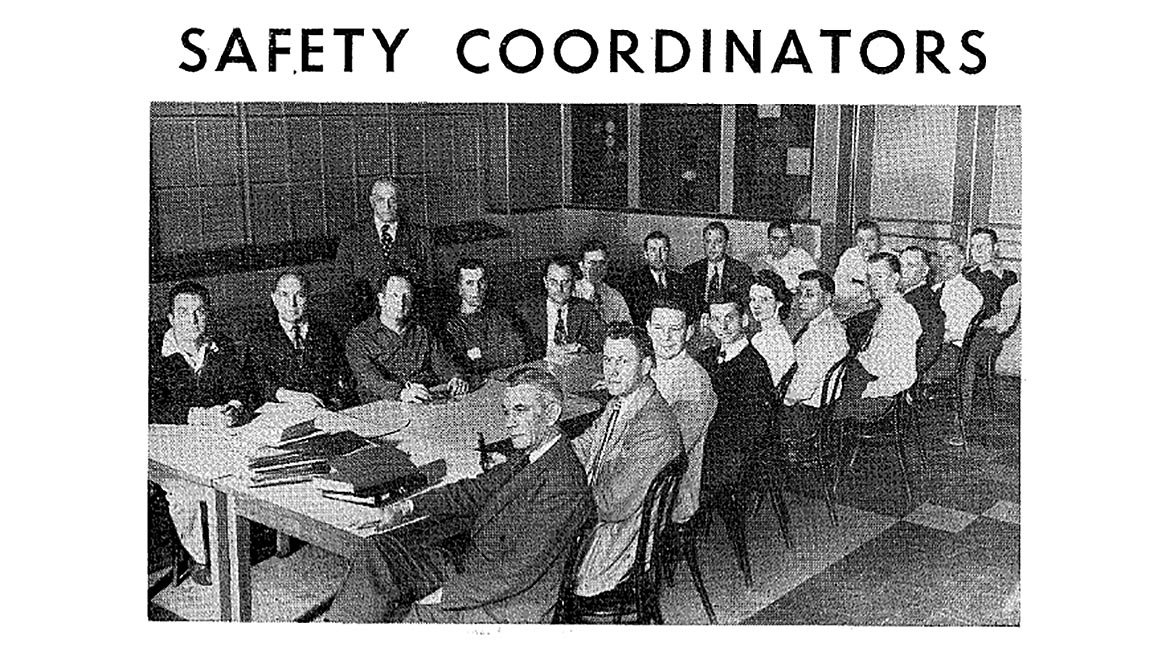
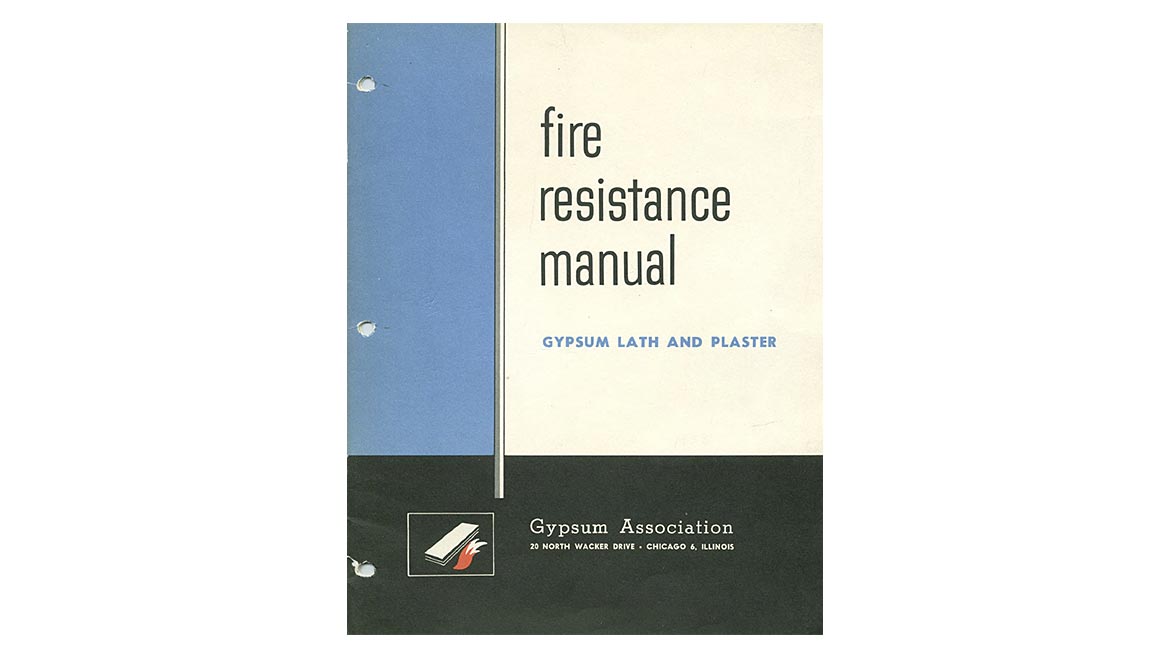
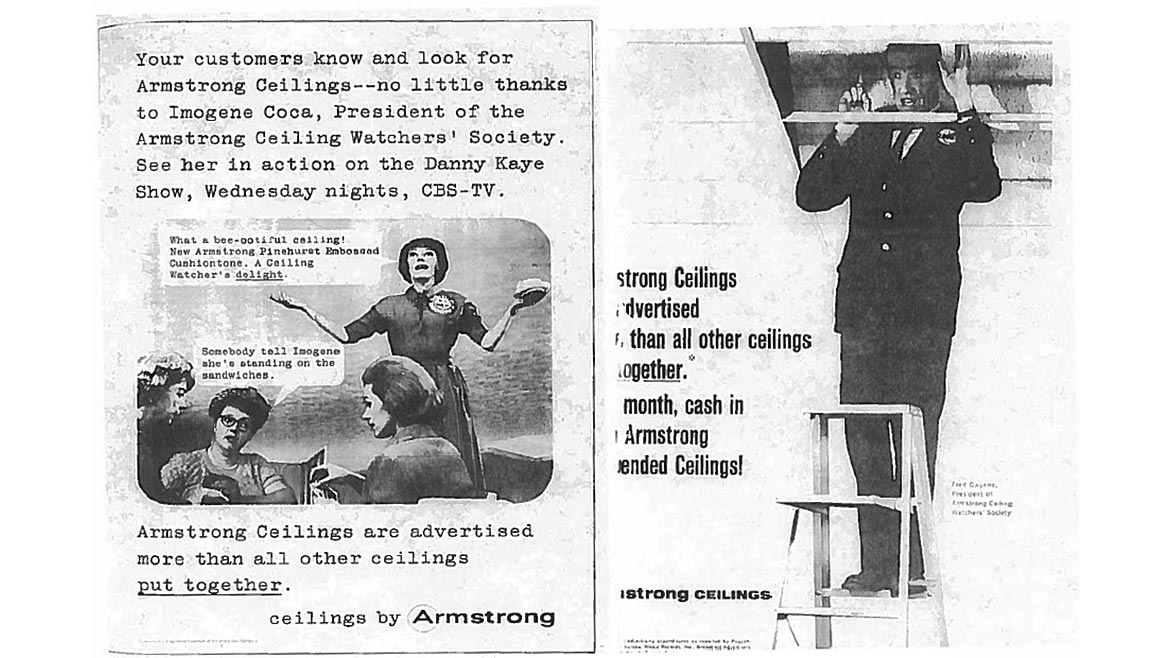
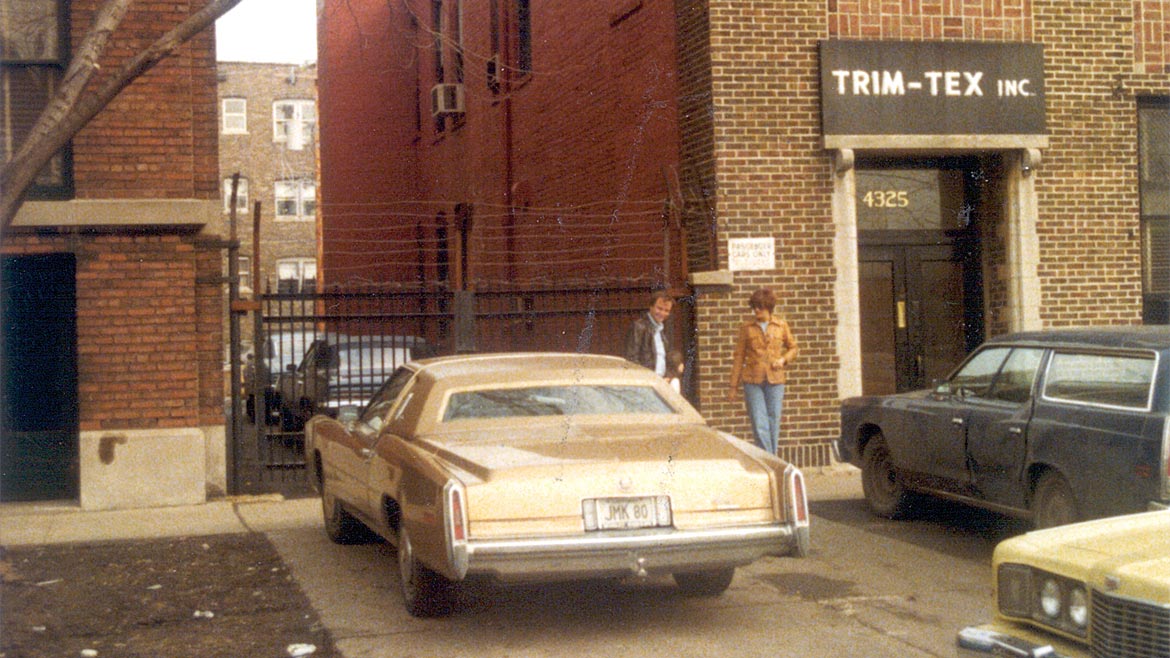
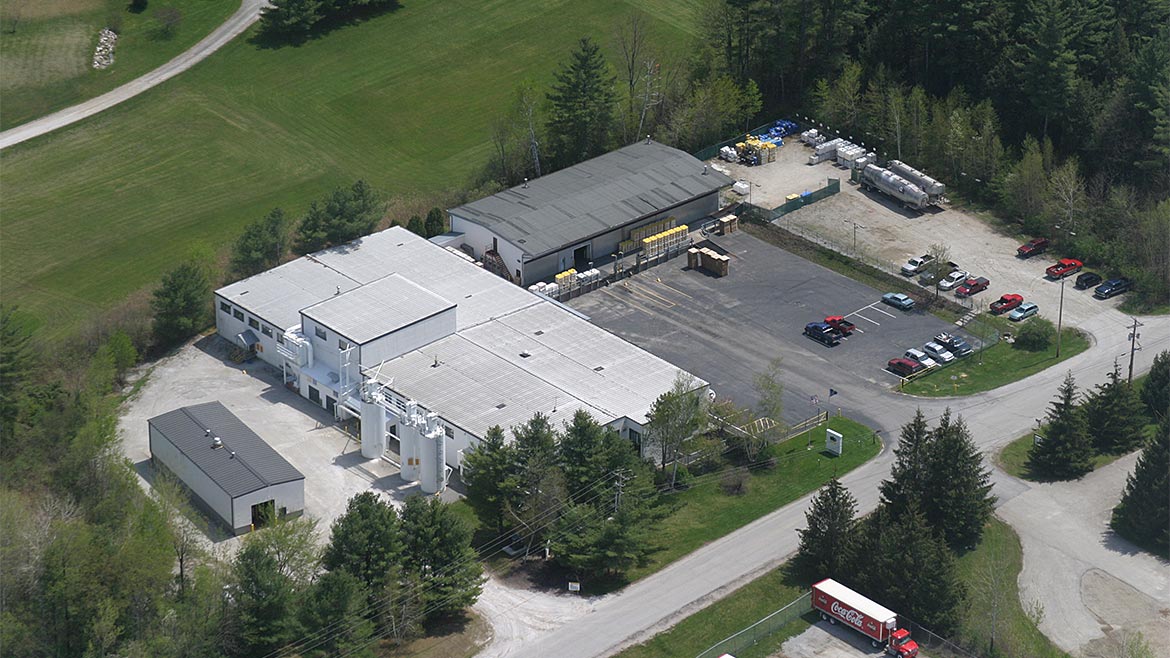
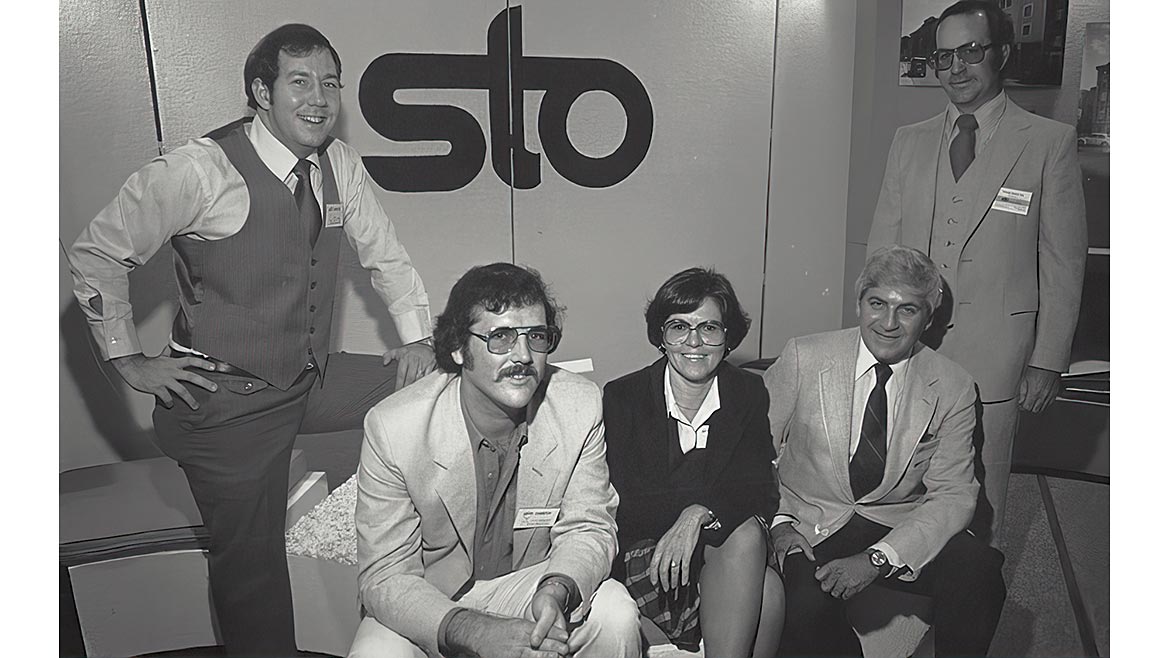


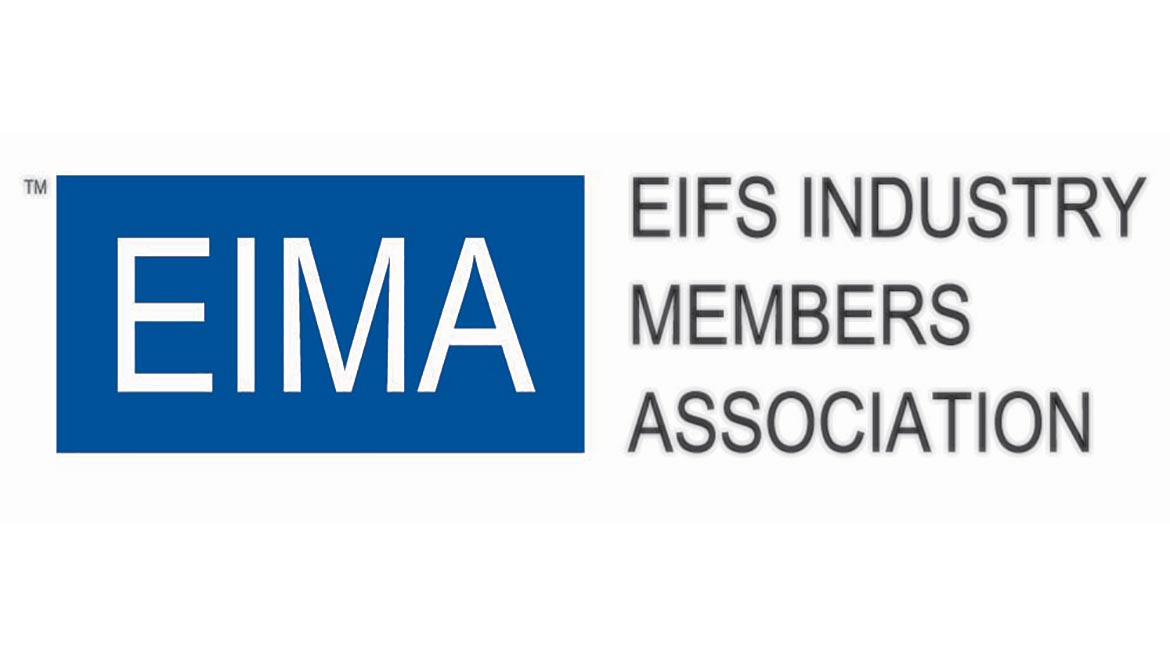
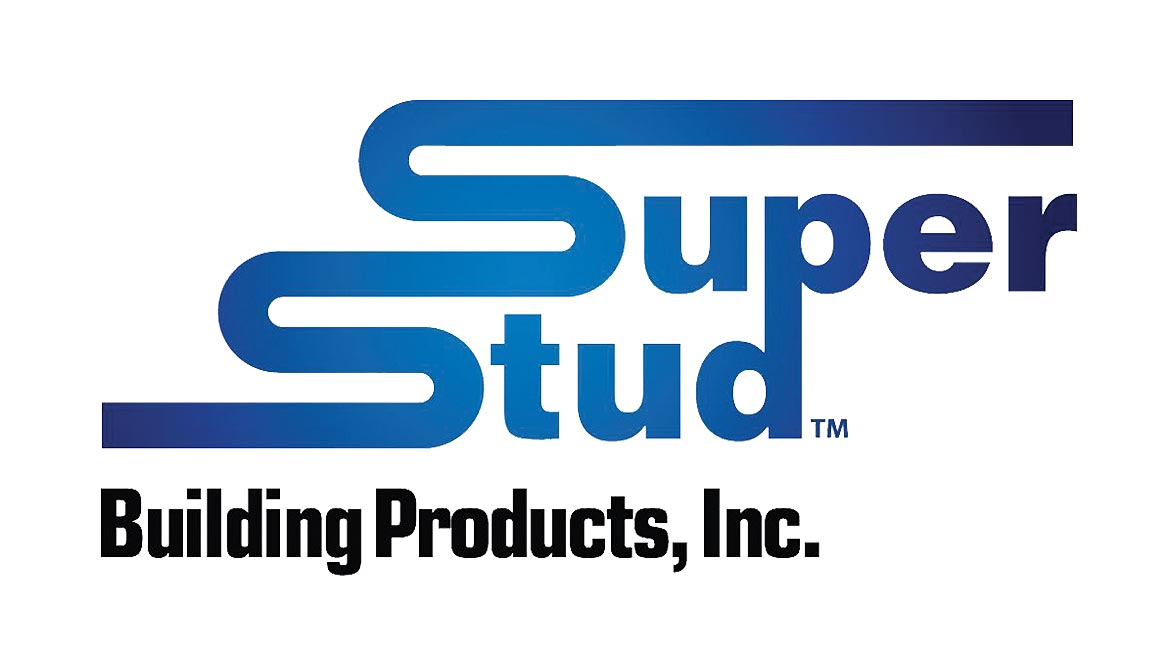

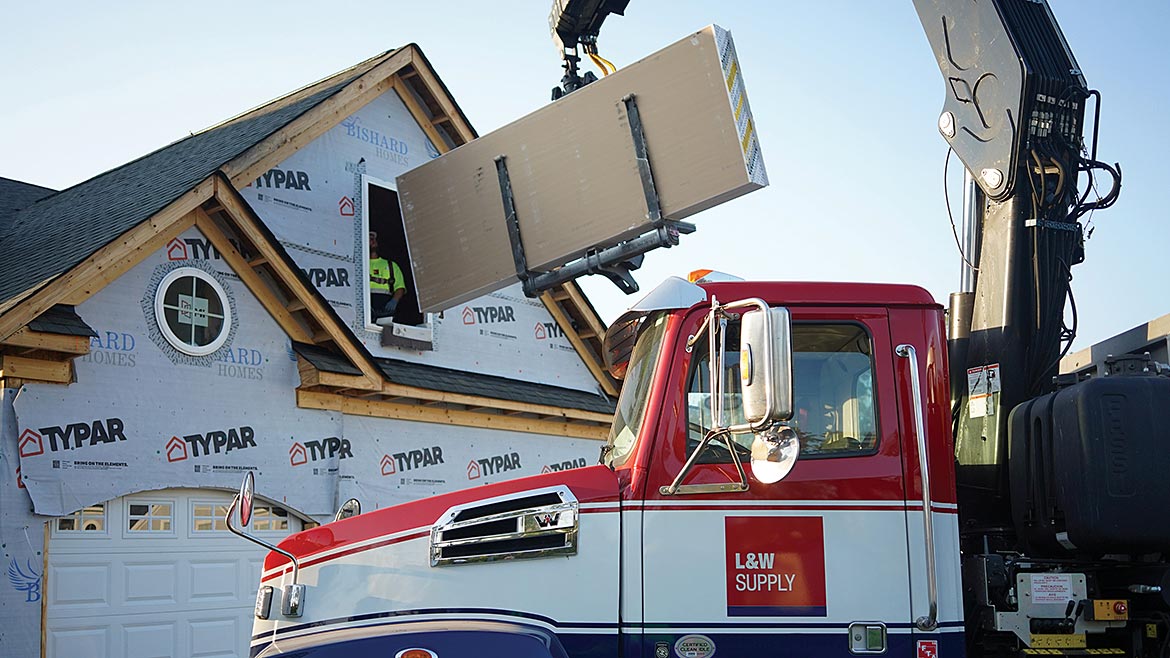








Report Abusive Comment